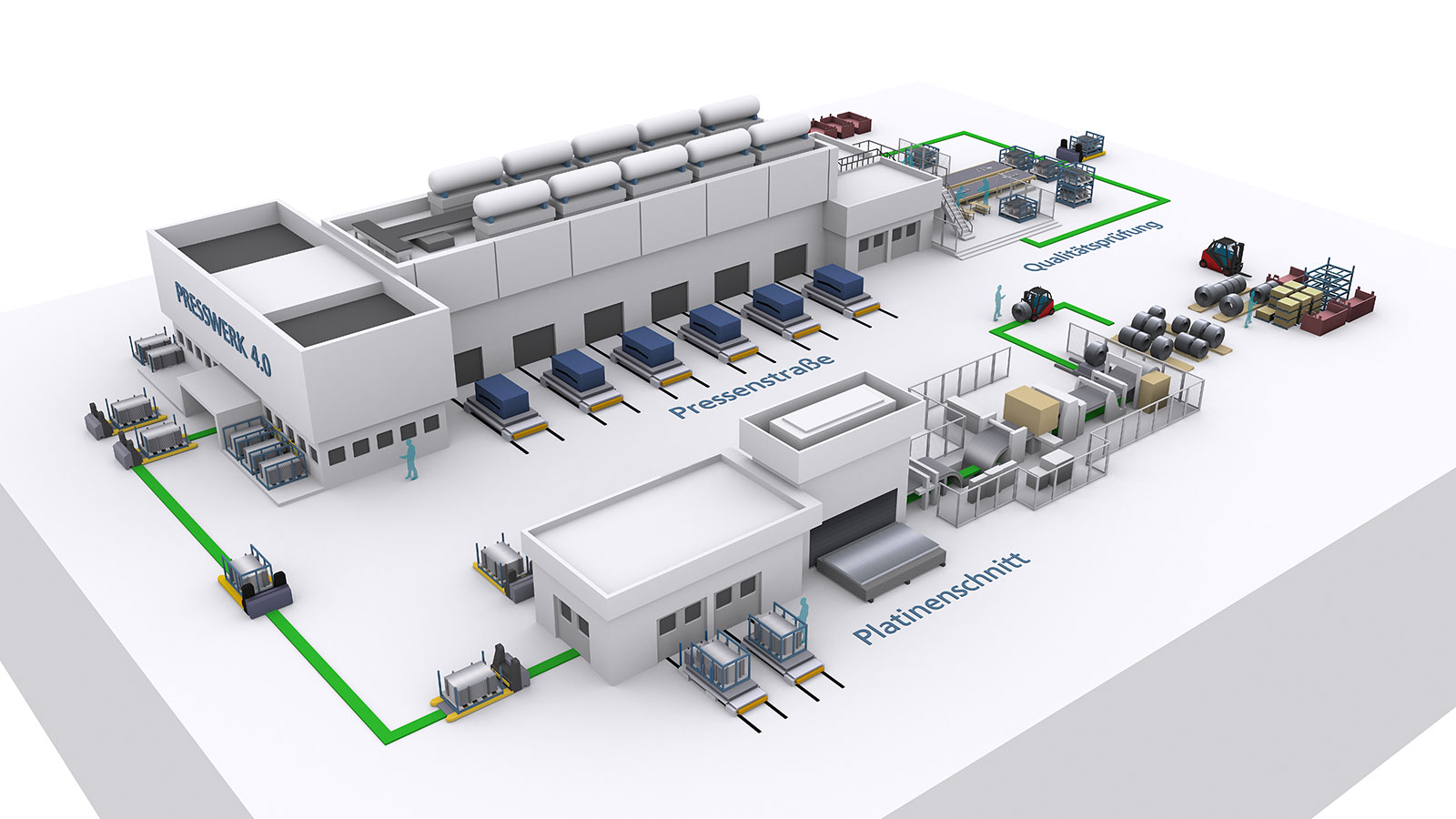In the INSITU project, we are working with two other Fraunhofer Institutes to develop tools and methods for the seamless traceability of formed parts throughout the entire production chain.
Identifying and tracing a component with its individual characteristics at any time during processing is a prerequisite for many process-influencing decisions in production. The optimization of quality, productivity and costs depends on it. This traceability is indispensable, especially in the keyword Industry 4.0 – in the self-organizing value-added networks of the future. The product to be manufactured must be clearly identifiable and localizable at all times so that the production process can be automated.

